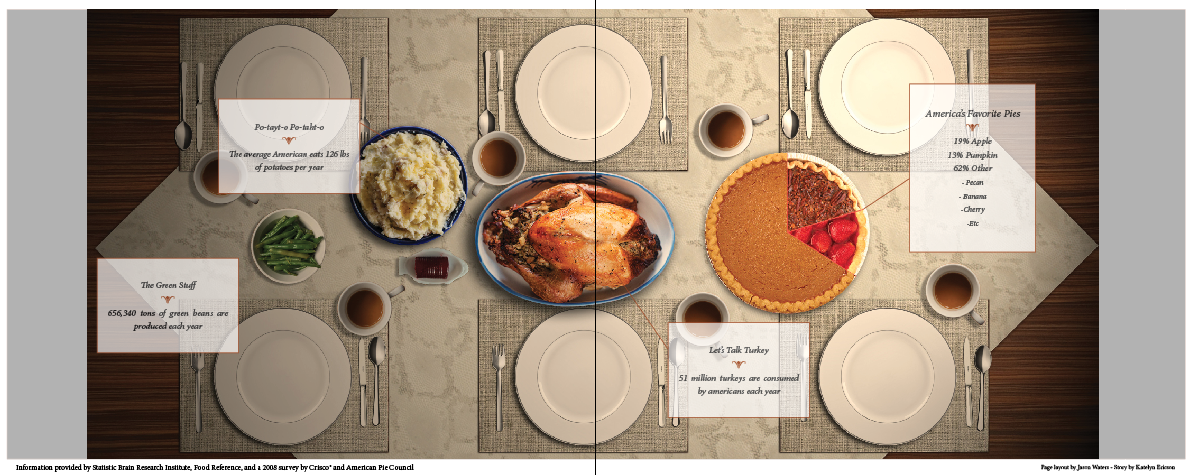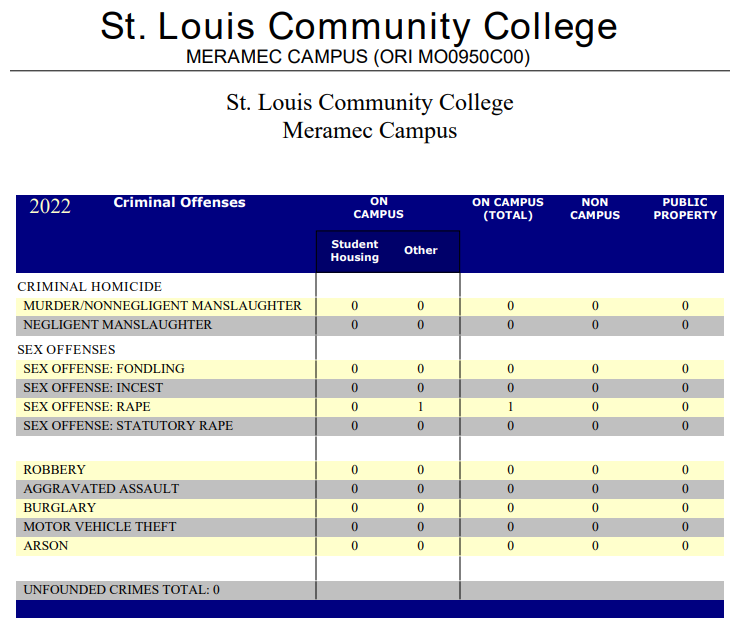The story of Sarah Hale: uniting our county with one holiday
By: KATELYN ERICSON
Staff Writer
As Thanksgiving draws closer, anxiety over family dynamics, burnt food, exercise and Black Friday sales looms over celebrants’ heads, gathering like November clouds. Amid the holiday pressures and stresses, the day’s origins and original purpose slips into the background.
The distant struggles of the Pilgrims grow dusty with time. Even the woman who campaigned for the national holiday is obscured by football, turkey and pumpkins. This woman fought for nearly three decades to make the day recognized as a holiday. Her name was Sarah Hale. Who was Sarah Hale?
She was a single mother who employed her pen to support herself and her five children after her husband died. She never attended college, but she rose to the position of editor for the successful “Godey’s Lady’s Book.” According to her biographer Laurie Halse Anderson, Hale was a novelist, poet and social reformer.
In the years before the Civil War, Thanksgiving was not a national holiday celebrated uniformly throughout the nation. It was a celebration held by New Englanders whose ties were to the Pilgrims who had settled in Massachusetts. However, Thanksgiving
was not celebrated solely in New England states, but spread throughout the country as Americans traveled West with their families and traditions, Meramec history professor Robert M. Lee said.
“We are a very nomadic people,” Lee said. Sarah Hale was born in New Hampshire, the daughter of an American Revolutionary War veteran, according to Anderson. Through her editorials, she began to promote the national celebration and recognition of the holiday on the final Thursday of November. “It is a festival which will never become obsolete, for
it cherishes the best affections of the heart — the social and domestic ties. It calls together the dispersed members of the family circle, and brings plenty, joy and gladness to the dwellings of the poor and lowly,” Hale wrote.
During this time, the declaration of a Thanksgiving holiday was the responsibility of individual governors of the states. Since there was no uniform day for celebration, people gathered for Thanksgiving on different days throughout the United States. Hale campaigned for a single day on which everyone would gather to give thanks. Hale’s ambition led her to
write to five presidents, petitioning them to proclaim the last Thursday of November a national holiday. Four of these men rejected her idea.
During these political times, the nation was divided by sectional thinking, Lee said. Since the time of Andrew Jackson, presidents had become more interested in the wishes of their own political party and did not take into consideration the nation as a whole. The president who saw the unifying power of Thanksgiving was Abraham Lincoln, Lee said.
In 1863, during the Civil War, Hale sent President Lincoln her request. Lincoln agreed. “I do therefore invite my fellow citizens in every part of the United States…to set apart and observe the last Thursday of November next as a day of thanksgiving and praise to our beneficent Father who dwelleth in the heavens,” Lincoln wrote.
For years, the United States had been moving along its sectional divides toward the Civil War, Lee said. Lincoln’s political convictions saw beyond the sectional differences in the country, unlike his predecessors. “Lincoln is looking to unify the country,” Lee said. This first Thanksgiving is unifying, and the country comes before any one group, Lee said.
Hale continued her efforts to make Thanksgiving a national holiday declared by Congress, according to Peggy M. Baker, director and librarian at the Pilgrim Society and Pilgrim Hall Museum in 2007. Sarah Hale waged her Thanksgiving campaign from 1847 till 1875, wrote Baker. Sarah Hale was the most vocal and identifiable person who contributed in making Thanksgiving a national holiday, Lee said. Thanksgiving did not officially receive its permanent position until 62 years after Hale’s death. To help the economy during the Great Depression,
President Franklin D. Roosevelt attempted to extend the Christmas shopping season at the request of businessmen by proclaiming Thanksgiving to be on the third Thursday of November in 1939 and 1940, Anderson wrote.
However, the plan met with failure as half of the states refused to comply with the president and two other states celebrated Thanksgiving twice, according to Anderson. In 1941, Congress gave Thanksgiving its present date.
From its beginnings at Plymouth to the present date, the manner of celebrating this holiday has changed, according to Lee. “The Pilgrim and Puritan
celebration was very different. It was a strict religious activity. It became secular and patriotic slowly and organically,” Lee said.
For Hale, Thanksgiving had two purposes: a religious day for giving thanks and a unifying holiday for a split nation, according to Baker. “Thanksgiving Day is the national pledge of Christian faith in God, acknowledging him as the dispenser of blessings,” Hale wrote. “The hymn of thanksgiving should be simultaneously raised, as the pledge of brotherhood in the enjoyment of God’s blessings during the year.” Over the past century, the
religious aspect of Thanksgiving has faded, while shopping and football became new holiday traditions. However, the day’s features of feasting, family and thankfulness continue.
“I think there isn’t a single definition of Thanksgiving,” Lee said. “Some see it as devout. It was a day used in history to unite. It is the holiday that most lends itself to personalized taste. It’s whatever you want it to be.” In describing Thanksgiving,
Hale wrote that it should be a festival joyfully and universally celebrated throughout the United States and become an inseparable part of American life.












